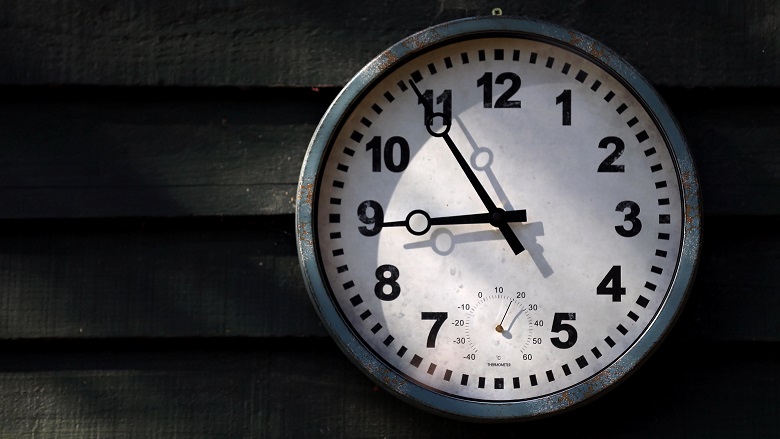
Getty
Daylight Saving time 2018, in many states, began at 2 a.m. local time, on Sunday, March 11, 2018. So, what time does it come to an end? Daylight Saving ends on Sunday, November 4, 2018, also at 2 a.m. Daylight Saving time, which is often called Daylight Savings Time, in the USA falls in November this year. Sometimes it’s at the end of October.
So, tonight, set your clocks back one hour at 2 a.m., or you could just turn your clocks back before you go to sleep. Don’t worry about your cell phones because they just reset themselves. For those who are out for the night, some bars and restaurants stay open that extra hour, to honor the new time change. The reason for setting the clocks back is to “fall back” in the fall season, which actually gives people an extra hour for the day. So, you have just gained an extra hour of a, hopefully, good night’s sleep. Sunrise will now be an hour earlier and you can find here a sun calculator to see what time the sun rises in your area.
There are several states and areas that do not observe or follow Daylight Saving Time and those places include Arizona, Hawaii, Puerto Rico, the Northern Mariana Islands, American Samoa, Guam, and the US Virgin Islands. The state of Arizona (except for the Navajo Nation in the northern part of Arizona), unlike most of the rest of the United States, doesn’t observe Daylight Savings Time either, and actually hasn’t for about 40 years.
In fact, there are many places that are trying to do away with Daylight Saving Time altogether. The NY Times reported in 2014 that shifting our internal clocks because of Daylight Saving Time might be bad for your health. In addition, while some have believed Daylight Saving Time can help save energy, Vox reported that there isn’t a significant amount of evidence on this theory, according to Joseph Stromberg, who stated that, “Despite the fact that daylight saving time was introduced to save fuel, there isn’t strong evidence that the current system actually reduces energy use — or that making it year-round would do so, either. Studies that evaluate the energy impact of DST are mixed. It seems to reduce lighting use (and thus electricity consumption) slightly but may increase heating and AC use, as well as gas consumption. It’s probably fair to say that energy-wise, it’s a wash.”
So, where does Daylight Saving Time come from in the first place? CNN previously reported that the government started moving into and out of “Daylight Saving Time” during World War I to copy the Germans, who were reportedly using the time change to help save fuel. After the war, the U.S. got rid of Daylight Saving Time, but, during WWII, it returned and ended up staying, as a normal way of life.
There are also reports that versions of Daylight Saving Time started back in the 1800s. New Zealander George Vernon Hudson reportedly proposed the idea of daylight saving in the year 1895. Daylight Saving Time will begin again Sunday, March 10, 2019.
